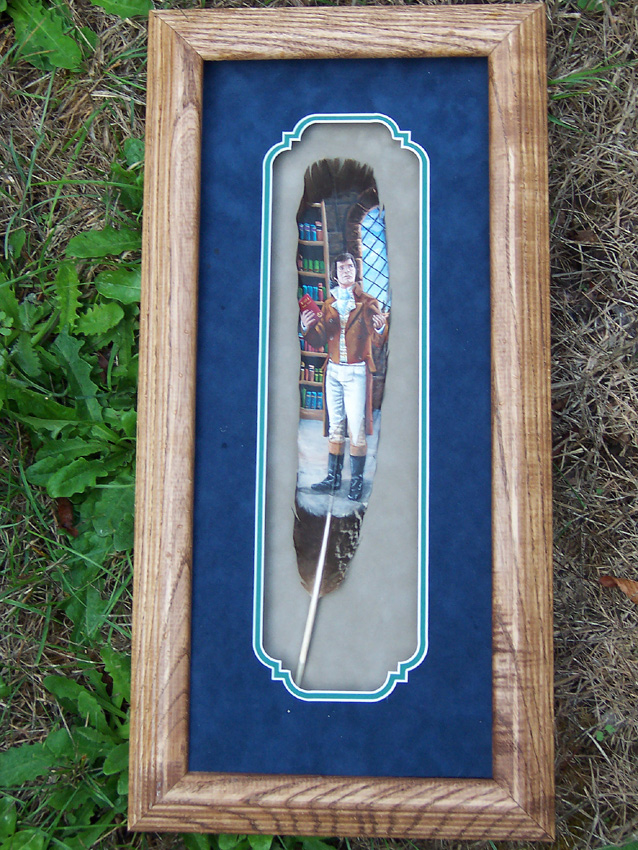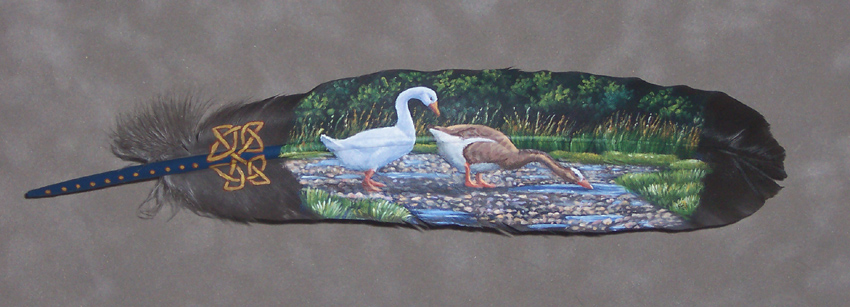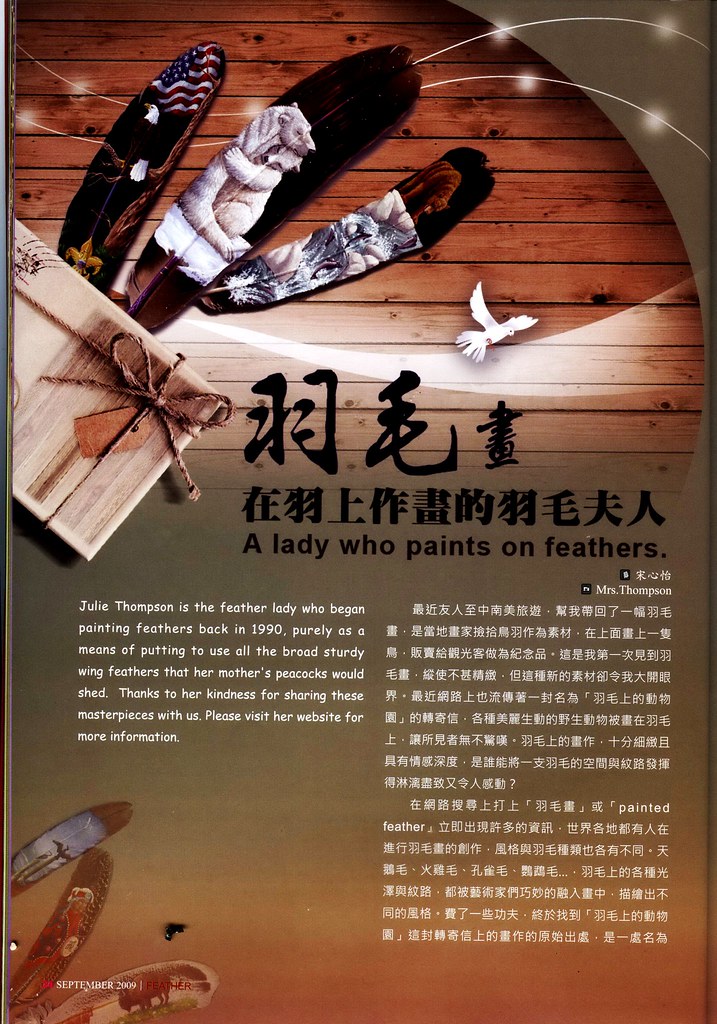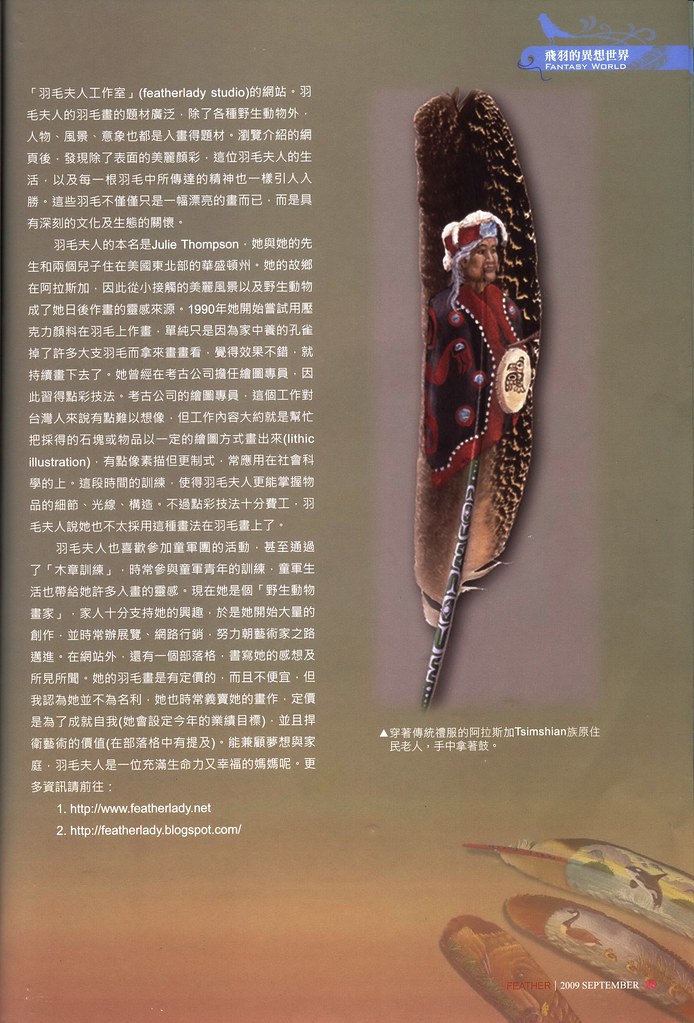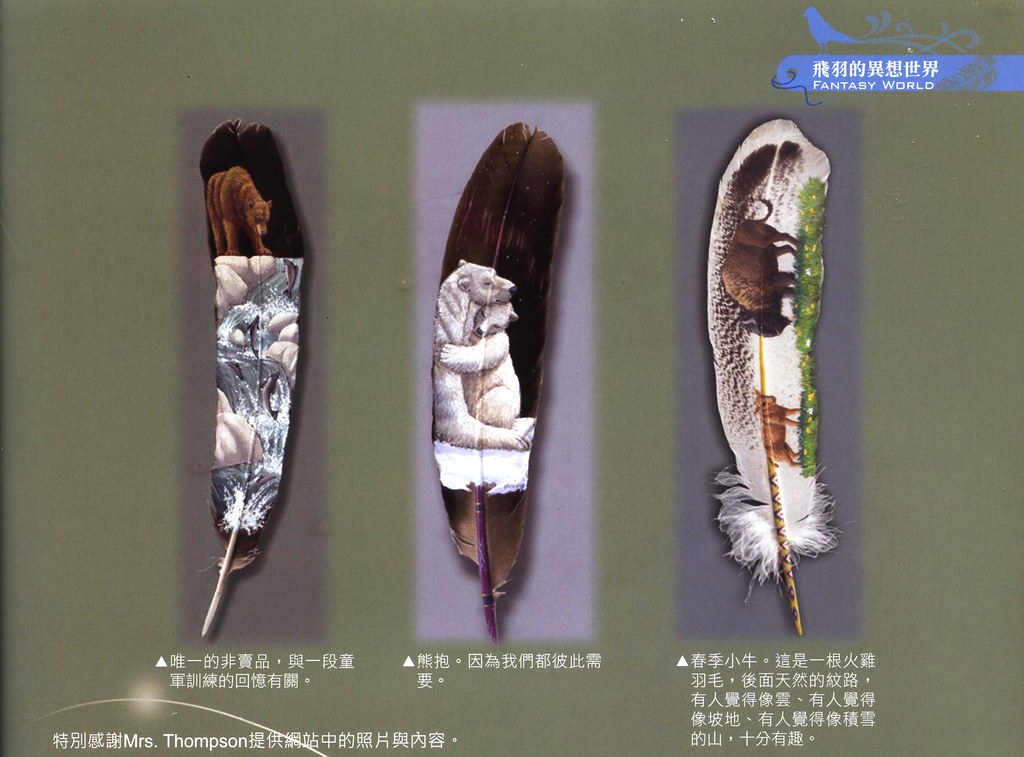The Trotternish Peninsula at the northern end of the Isle of Skye was a wonderful place for doing just that. That's another nice thing about renting a car and leaving your schedule wide open... you do have time to stop, sit quietly, and just take it all in.
You can look at other peoples' photos without ever having personally seen the animal yourself, but you miss so much that way. You don't see how they move, how they behave, how they interact. You'll get their structure and conformation, but you'll not see their spirit.
I don't think there are any sheep as spirited as those roaming freely in this still largely wild land. In climbing up into high country I was constantly amazed at all the crazy places those sheep would climb to. Browsing a steep incline at a high altitude was no big deal to them.

The closest I got was with flock of Hebridean black-face below Duntulm castle ruins on the west side of the Trotternish. I simply sat in the grass with my camera, and it wasn't long before they'd moved in on me and completely surrounded me. I managed to get a lot of great reference photos, as well as plenty of time to simply watch them.
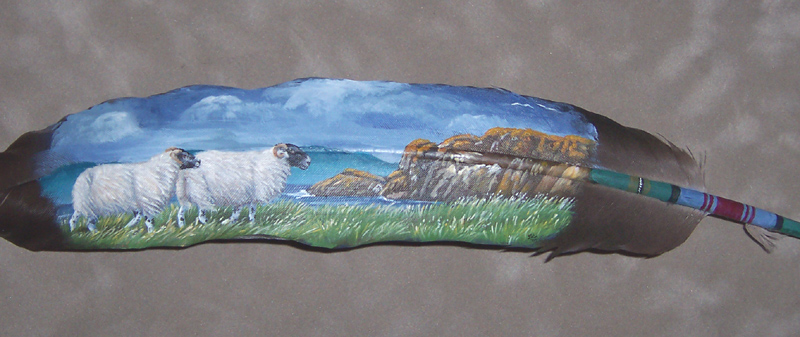
The quill of this feather was painted with the colors of the Isle of Skye Tartan...
...as seen here on the Isle of Skye Pipe Band.
I spent a few days roaming the Isle of Skye, especially the north end. It's a hiker's paradise, and while I did wander to many places there are still so many that I did not see. It was mandatory though that I visit the Old Man of Storr. I'll make a more detailed post about that one soon, with many more photos from that hike and also the north end of the Trotternish. I mainly wanted to show you the photo I used for reference in painting a big 16x20 canvas.... and yes, 16x20 is HUGE, that's like a mural to a feather-painter!
The nice thing about painting is you can move some elements from one location and put them in with another. Such is what I did with the sheep. The Hebridean black-face sheep in the painting below were actually on the west side of the Trotternish Peninsula, While the Old Man of course is on the east side. I did receive some ribbing on Facebook on that while working on this one, in that I'd better make sure I put the sheep back again before the shepherd misses them!

Yes, it's insanely detailed. I normally work at about 2 inches by 4 or 5 inches, so it is difficult to cut back the detail while working in a much larger scale. But even more so, I stood on that hillside, smelled the breezes and felt the early morning sunshine. The lighting that morning was incredible... as the low rays of the sun pierced through the moist air, everything was bathed in a peach glow and the shadows cast by heavy sea clouds were nearly purple. It was a spectacular morning, and I wanted to bring the viewers there to experience it for themselves... to feel the cool breezes, to enjoy the warm sunlight, to watch the grasses gently sway.
Titling this one has been tough, but I think I've finally decided. "The Auld Man and His Flock". Where is the Old Man, you might ask? That's him, to the right in the background... that magnificent stone spire standing sentinel all alone. You can actually hike up to him, but I'll take you there in a later post.
...Happy weekend!








